
In the vibrant tapestry of early American animated television, few characters carved out a niche as distinctive and enduring as Underdog. Debuting in 1964, this unassuming yet immensely powerful canine superhero quickly became a staple of Saturday morning lineups, a cultural touchstone for generations of viewers. More than just a cartoon, Underdog represented a pioneering blend of action, adventure, comedy, and satirical superhero tropes, all while quietly shaping the landscape of children’s programming and media distribution for decades to come.
At a time when television was rapidly evolving and advertisers sought innovative ways to reach young audiences, Underdog emerged from a strategic fusion of Madison Avenue savvy and creative genius. Its creation wasn’t merely for entertainment; it was part of a larger, commercially driven vision to sell breakfast cereals. This unique genesis provided the foundation for a series that would push the boundaries of episodic storytelling within the constraints of early animation budgets and broadcast schedules, proving that even an “underdog” concept could achieve widespread appeal and lasting relevance.
This in-depth analysis will peel back the layers of this animated icon, exploring the fundamental mechanics that made Underdog a success. From its intricate origins as an advertising tool to its distinctive characterization, innovative broadcasting journey, and the subtle technical details of its superhero persona, we will delve into how “The Underdog Show” not only entertained but also left an indelible mark on animation history, quietly dominating the hearts and minds of viewers with its blend of humor, heroism, and unforgettable charm.

1. **The Genesis and Vision: Birth of a Saturday Morning Star**The story of Underdog’s genesis is deeply intertwined with the burgeoning world of television advertising in the late 1950s. It was 1959 when W. Watts Biggers, an account executive at the Dancer Fitzgerald Sample advertising agency in New York, embarked on a groundbreaking initiative. His mission, alongside collaborators Chet Stover, Treadwell D. Covington, and artist Joe Harris, was to create television cartoon shows specifically designed to promote breakfast cereals for the corporate giant, General Mills. This strategic approach highlights a fascinating chapter in media history, where entertainment was directly commissioned and funded by commercial interests, laying the groundwork for many beloved animated series.
This creative collective wasn’t just churning out generic content; they were crafting compelling narratives and memorable characters. Their efforts successfully introduced a pantheon of now-classic animated figures, including King Leonardo, Tennessee Tuxedo, and, of course, Underdog. Biggers and Stover, in particular, were instrumental, contributing not only their storytelling prowess through scripts but also their musical talents to the series’ memorable songs, embedding a distinctive voice and rhythm into the brand from its very inception. The success of these early ventures, especially Underdog, signaled a pivotal moment for its creators.
Recognizing the immense potential and popularity of their creations, Biggers and his partners made a bold move: they departed from Dancer Fitzgerald Sample to establish their own independent production entity, Total Television. This marked a significant step towards greater creative control and direct management of their animated universe. Animation production was then handled at Gamma Studios in Mexico, a common practice at the time to manage costs while maintaining quality. However, the fortunes of independent production could be volatile; Total Television eventually folded in 1969 when General Mills, its primary sponsor, withdrew its support. Despite this, General Mills wisely retained the rights to the series until 1995, with TV distribution rights continuing under NBCUniversal Television Distribution to the present day, showcasing the enduring value and foresight in intellectual property management.

2. **Unmasking the Hero: Shoeshine Boy’s Alter Ego**At the heart of “The Underdog Show” lies a classic superhero narrative, yet one imbued with a unique, self-aware charm. Underdog, the heroic alter ego, is meticulously balanced by his unassuming civilian identity, Shoeshine Boy. This dual persona is central to the series’ appeal, as Underdog springs into action only when his beloved Sweet Polly Purebred finds herself imperiled by the nefarious schemes of villains such as the maniacal Simon Bar Sinister or the cunning Riff Raff, establishing a clear call-to-action that viewers could always anticipate.
What truly set Underdog apart, and endeared him to millions, was his distinctive vocal pattern. He “nearly always speaks in rhyming couplets,” a linguistic quirk that became his signature and a source of much of the show’s memorable humor and catchphrases. Lines like “There’s no need to fear, Underdog is here!” became iconic, instantly recognizable affirmations of his presence and protective intent. The voice behind this legendary hero was none other than Wally Cox, whose calm, somewhat reedy delivery provided a unique contrast to Underdog’s formidable powers, making the character simultaneously earnest and subtly comical.
In his civilian guise, Shoeshine Boy presented himself as “humble, and loveable,” a description that itself served as a witty, “tongue-in-cheek reference” to the “mild-mannered reporter” trope popularized by Superman’s Clark Kent. This self-description not only added a layer of comedic self-awareness to the character but also underscored the fundamental contrast between his meek appearance and his heroic destiny. The transition itself was equally iconic and dramatically abrupt: when trouble called, Shoeshine Boy would “hurriedly runs into a telephone booth (which would inexplicably explode upon his transmutation),” a visually spectacular and memorable metamorphosis that epitomized the era’s imaginative approach to superhero transformations.

3. **The Broadcast Journey: From NBC to CBS and Beyond**”The Underdog Show” made its grand debut as an American Saturday morning animated television series, enchanting audiences from “October 3, 1964, to March 4, 1967.” This initial run established Underdog as a significant player in the burgeoning market of children’s programming. Its journey across major networks began on the “NBC network until 1966,” where it quickly garnered a loyal following. Following its successful stint on NBC, the series transitioned to “CBS” for the remainder of its original run, demonstrating its widespread appeal and solidifying its position as a highly sought-after children’s property. This network hop further expanded its viewership and cultural footprint during a foundational period for animated television.
Throughout its initial broadcast, the series was primarily sponsored by General Mills, a partnership that speaks volumes about the commercial impetus behind many early animated programs. This sponsorship sustained a remarkable output of “62 episodes,” each contributing to the rich narrative and character development that captivated young viewers. Underdog’s emergence marked it as “one of the early Saturday morning cartoons,” a pivotal entry that helped define the format and expectations for children’s weekend entertainment. Its influence was so profound that it went into broad “syndication starting in 1969,” a crucial step that allowed the series to reach an even wider audience and maintain its presence on television long after its original network run concluded.
However, the syndicated version of the show presented a somewhat different viewing experience than its initial broadcasts. Comprising the same “62 half-hour episodes,” the syndicated package often featured “supporting segments differ from the show’s original network run.” An interesting element of its syndication was the inclusion of a “teaser” at the top of the show, a clever programming device designed to keep viewers engaged. This teaser would famously ask audiences to “stay tuned for a clip from ‘today’s four-part story’.” Yet, despite this promise, “outside of CBS-TV airings of the show, no more than two parts of the Underdog stories were ever shown in any half-hour program,” a pragmatic adjustment to fit diverse syndication scheduling demands, though it sometimes led to fragmented viewing experiences for devoted fans.
Read more about: Beyond the Limelight: 15 Celebrities Who Bravely Served in the Vietnam War

4. **Supporting the Star: Early Companion Segments**The syndicated run of “The Underdog Show” was a fascinating “potpourri of segments from previously aired versions of the show,” creating a dynamic and varied viewing experience within each half-hour block. These companion segments played a vital role in filling the broadcast time, often featuring other beloved characters from the Total Television library. Initially, “The first 26 syndicated episodes feature Tennessee Tuxedo as a supporting segment,” a logical pairing given their shared creative parentage and similar lighthearted, educational tones.
As the syndicated package evolved, the arrangement of these segments became more intricate. “Thereafter, for most of the balance of the package, the middle segments include Go Go Gophers and Klondike Kat for three consecutive half-hours and Tennessee Tuxedo in the fourth.” This rotational scheduling ensured a fresh variety, preventing monotony and introducing viewers to a broader cast of characters. “Commander McBragg is featured in the majority of episodes,” a testament to his distinct storytelling style, though he was occasionally “replaced by three segments of The Sing-A-Long Family” during specific shows (one-three, 28–30, and 55–57).
Towards the very end of the syndicated run, the programming choices introduced even more unique content. “The final two syndicated Underdog half-hours feature two one-shot cartoons that were originally part of an unsold pilot for a projected 1966 series, The Champion (Cauliflower Cabbie and Gene Hattree),” with Commander McBragg and Go Go Gophers rounding out the 61st and 62nd shows respectively. This demonstrates the constant effort to repurpose and maximize existing animation assets, a common practice in early television syndication.
It’s also worth noting the complex history of these companion segments regarding their original network broadcasts. Early episodes of Underdog on NBC featured “Go Go Gophers, The Hunter (a segment of King Leonardo and His Short Subjects), and Aesop & Son (a segment of Jay Ward’s The Bullwinkle Show).” “Klondike Kat was not included until the show moved to CBS in 1966, and Commander McBragg segments were not featured until it aired in syndication starting in 1969.” This intricate web of segment inclusions and exclusions across different networks and syndication packages highlights the evolving nature of broadcast programming and the complex distribution landscape of the era. The eventual separate ownership of the various segments (Underdog, Rocky and Bullwinkle, The Most Important Person) meant that these bundled syndicated prints are “no longer in distribution,” a fate common for older media with fragmented intellectual property rights.
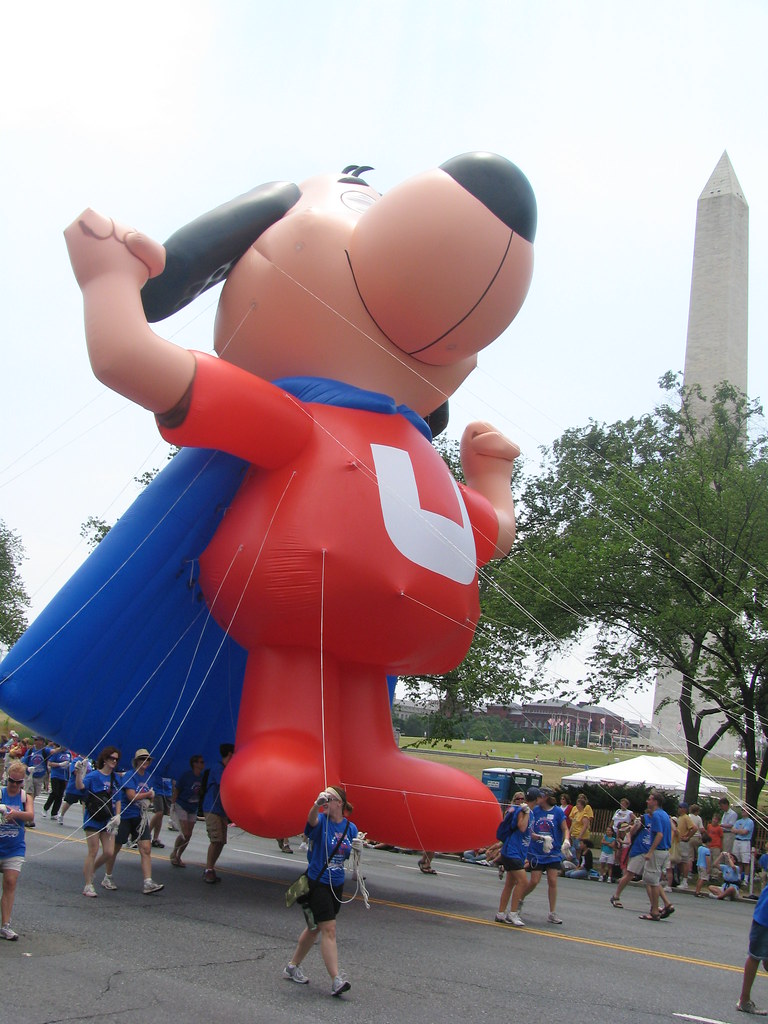
5. **Villainous Introductions: The Early Antagonists and Story Structures**Central to Underdog’s narrative appeal was its distinctive approach to storytelling, particularly its serialized adventures and the introduction of its memorable rogues’ gallery. “Most stories were split into 4 parts,” a common format for superhero cartoons of the era, designed to build suspense and encourage repeat viewing across multiple half-hour segments. This structure allowed for more complex plots and extended engagements with Underdog’s arch-nemeses, Simon Bar Sinister and Riff Raff, who frequently provided the catalyst for Underdog’s heroic interventions.
Before settling into these multi-part sagas, the series showcased its potential with standalone episodes that introduced key elements of its universe. “The first three were stand-alone stories,” offering diverse scenarios to establish the world and its characters. “Safe Waif,” the pilot episode, presented a unique twist by featuring “a rescue from a bank vault, but no villain,” highlighting Underdog’s inherent heroism without a direct antagonist. Intriguingly, this pilot also “is shown causing major destruction while trying to help people,” subtly hinting at the comedic chaos that often accompanied Underdog’s good intentions and immense, sometimes unwieldy, power.
Following the pilot, “March of the Monsters” marked a significant milestone as “the first appearance of Sweet Polly Purebred,” Underdog’s beloved damsel in distress, pitting the hero against “giant robots running amok.” This episode solidified the classic dynamic. The third standalone, “Simon Says,” delivered a pivotal moment by introducing “Simon Bar Sinister” as Underdog’s primary, recurring antagonist. His maniacal refrain, “Simon says HOLD IT!,” became instantly recognizable as he wielded a “weird camera to turn his victims into full-sized, two-dimensional photographs,” a wonderfully absurd and visually distinctive threat. The early serialization wasn’t always seamless; “Tricky Trap by Tap Tap” served as an “epilogue to the multi-part story ‘From Hopeless to Helpless’,” an episode notably created “due to story arcs not airing in their proper order,” a fascinating glimpse into the logistical challenges of broadcast scheduling and continuity management in early television production.
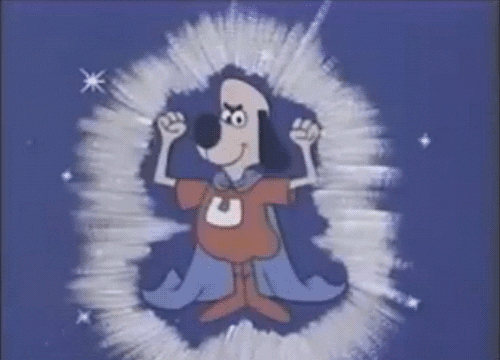
6. **The Power-Up Protocol: Underdog’s Super Energy Pills**Unlike many superheroes whose powers are intrinsic, Underdog’s formidable abilities are intrinsically linked to a rather unique, and somewhat fragile, power source: the “Underdog Super Energy Pill.” This crucial plot device was first introduced in episode 9, adding a layer of vulnerability and a distinct operational mechanic to the hero’s persona. To ensure his constant readiness, Underdog “keeps one of these pills inside a special ring he wears at all times,” making this accessory not just a piece of jewelry but a vital component of his superhero identity and survival.
Before deploying his powerful abilities, Underdog would often utter a memorable, almost ritualistic incantation: “The secret compartment of my ring I fill / With an Underdog Super Energy Pill.” This phrase became iconic, serving as both a dramatic prelude to his heroic acts and a constant reminder of the source of his strength. The reliance on this pill, however, introduced a significant Achilles’ heel. “Several episodes, starting with RiffRaffville, show Underdog without his ring and being powerless,” vividly illustrating his dependence. Without the pill, his powers would dramatically wane, as evidenced by his lament, “Without my Energy Vitamin Pill / I grow weaker and weaker and weaker still,” explicitly stating that “as a result, he can die.” This narrative tension, while present, was always managed within the gentle confines of a children’s cartoon; “no one actually kills him, even when he is at their mercy.”
Interestingly, Underdog was not shy about sharing the secret of his powers, often telling “everyone who will listen this secret of his super powers,” a charmingly naive trait that further emphasized his “humble, and loveable” nature. Over the years, the presentation of this crucial power-up underwent subtle but significant changes. “When the series was syndicated in the 1980s and 1990s, the scenes of him taking his energy pill were edited out,” a decision likely influenced by evolving broadcast standards regarding depictions of pill consumption. Furthermore, in the “recent release Underdog: The Ultimate Collection, the word ‘Energy’ was replaced with ‘Vitamin’,” a linguistic rebranding that perhaps aimed to soften the implication and align it with a more health-conscious, less ambiguous connotation for modern audiences, showcasing the subtle ways classic media is adapted for new generations.
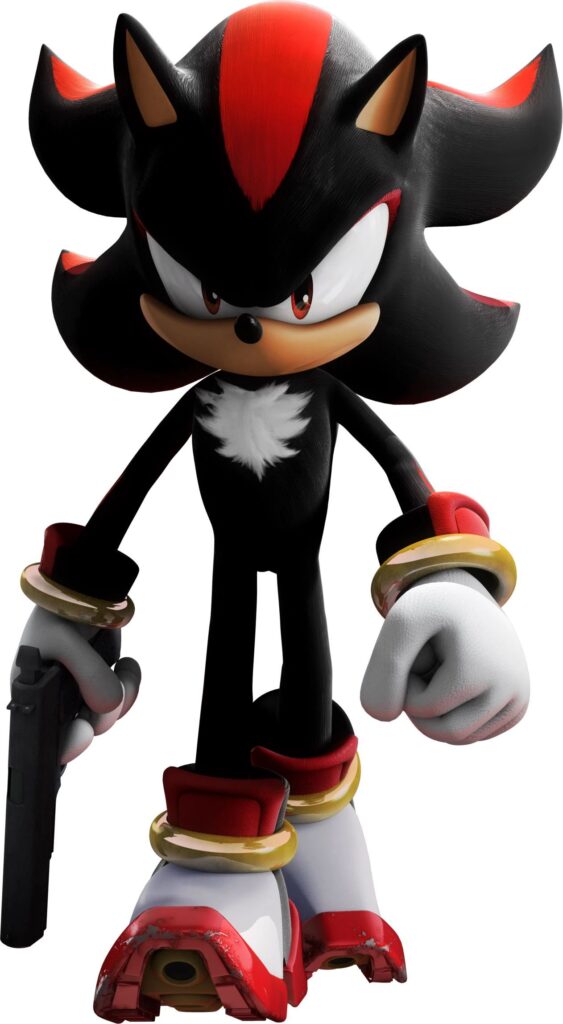
7. **A Pantheon of Powers: Underdog’s Inconsistent Capabilities**Underdog is consistently depicted as possessing “incredible superhuman powers,” yet a defining characteristic of his heroic arsenal is its delightful inconsistency. The “number and scope of his superpowers are inconsistent from episode to episode,” a narrative choice that perfectly aligned with the flexible, often whimsical nature of both superhero comics and, more specifically, humorous cartoons. This variability allowed the writers immense freedom to tailor his abilities to suit the comedic and dramatic needs of any given plot, ensuring that no challenge was too great or too absurd for him to overcome, albeit sometimes through unexpected means.
To illustrate the sheer, often exaggerated, scale of his power, specific episodes provided breathtaking examples. “In one episode, he easily moved planets, safely butting against them with his rear end,” a feat that showcases not only immense physical strength but also the lighthearted, almost slapstick approach to his cosmic capabilities. Another demonstration of his extraordinary potency involved his Super Energy Pill itself: when “diluted billions of times when added to a city’s water system,” it was still “capable of giving normal humans who drank the water enough strength to easily bend thick steel bars.” This incredible residual power underscored the fundamental potency of his unique energy source.
His impressive repertoire of abilities, as explicitly cataloged within the series, spanned a wide array of conventional and extraordinary superhero faculties. Among his many powers shown on the show are: “super strength, super speed, supersonic flight, physical invulnerability, X-ray vision, super breath, cosmic vision, atomic breath, atomizing eyes, heat vision, ultrasonic hearing, a supersonic high-pitch hi-fi voice and a great calculating brain.” This extensive list, blending classic heroic attributes with more unusual and technologically-inflected ones, solidified Underdog’s status as a formidable yet playfully unpredictable force for good, capable of tackling any threat with a unique blend of might and cleverness.
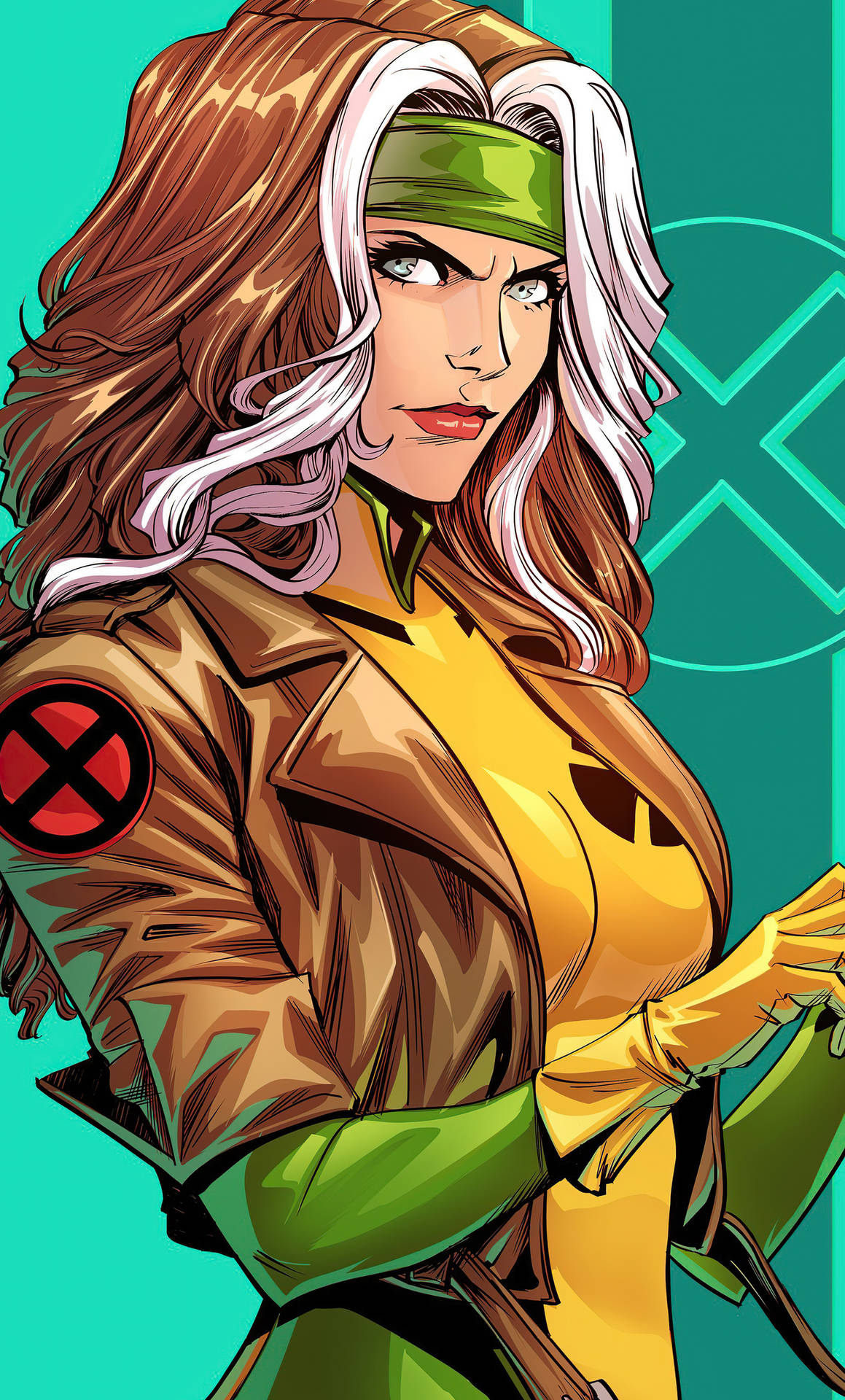
8. **The Rogue’s Gallery: Simon Bar Sinister and Riff Raff**The vibrant universe of Underdog would be incomplete without its roster of memorable villains, chief among them the maniacal Simon Bar Sinister. As Underdog’s primary and most iconic antagonist, Simon Bar Sinister regularly drove the central conflict of many episodes, his nefarious schemes often targeting Sweet Polly Purebred and thereby summoning Underdog to the rescue. His signature catchphrase, “Simon says HOLD IT!,” delivered with a chillingly mad glee, became an indelible part of the series’ lore.
Simon’s methods were as eccentric as his personality, often involving technologically absurd devices that provided both peril and comedic relief. One of his most distinctive threats involved a “weird camera to turn his victims into full-sized, two-dimensional photographs,” a wonderfully inventive way to immobilize his foes that perfectly fit the cartoon’s satirical tone. This unique form of villainy captivated audiences.
Alongside Simon Bar Sinister, the cunning Riff Raff stood as another formidable presence in Underdog’s rogues’ gallery. Riff Raff’s schemes often involved more grounded, albeit equally nefarious, criminal enterprises, as seen in multi-part stories such as “From Hopeless to Helpless.” Together, these villains provided a dynamic framework for Underdog’s heroic interventions, each bringing their own distinct brand of chaos to the innocent citizens protected by our humble hero, ensuring the champion of justice was always needed.
9. **Beyond the Small Screen: Books and Comics**Underdog’s appeal extended far beyond the confines of animated television, finding a robust home in the sequential art of comic books and children’s literature. This expansion into print media allowed for deeper exploration of his world, solidifying his status as a multi-platform character. One notable early venture was the Little Golden Book, “Underdog and the Disappearing Ice Cream,” released in 1975.
The world of comic books embraced Underdog, beginning with Charlton Comics, which produced a series spanning “10 issues from July 1970 to January 1972.” These early adaptations “mainly adapt stories from the cartoon,” offering fans a chance to relive animated escapades in a new medium. This initial run paved the way for more original content.
Gold Key Comics then took up the mantle, releasing “23 issues from March 1975 to February 1979,” a significantly longer run that, notably, “featured original stories.” This allowed for new adventures beyond broadcast animation, expanding Underdog’s narrative. Later, Spotlight Comics briefly joined with “three issues in 1987,” followed by Harvey Comics, which published “a one-shot in 1993” and a “five-issue series from November 1993 to July 1994,” largely reprinting “comics from the Charlton Comics run.” The tradition of print continued into the modern era with American Mythology Comics, launching a “four-issue comic book from September 2017 to September 2018,” followed by a “Halloween ComicFest one-shot in 2019” and “Underdog in Space” in 2020. This consistent presence in print underscores Underdog’s enduring appeal.
Read more about: Unveiling the Secrets: 15 Jaw-Dropping Facts About the Original Superman Movie and Beyond
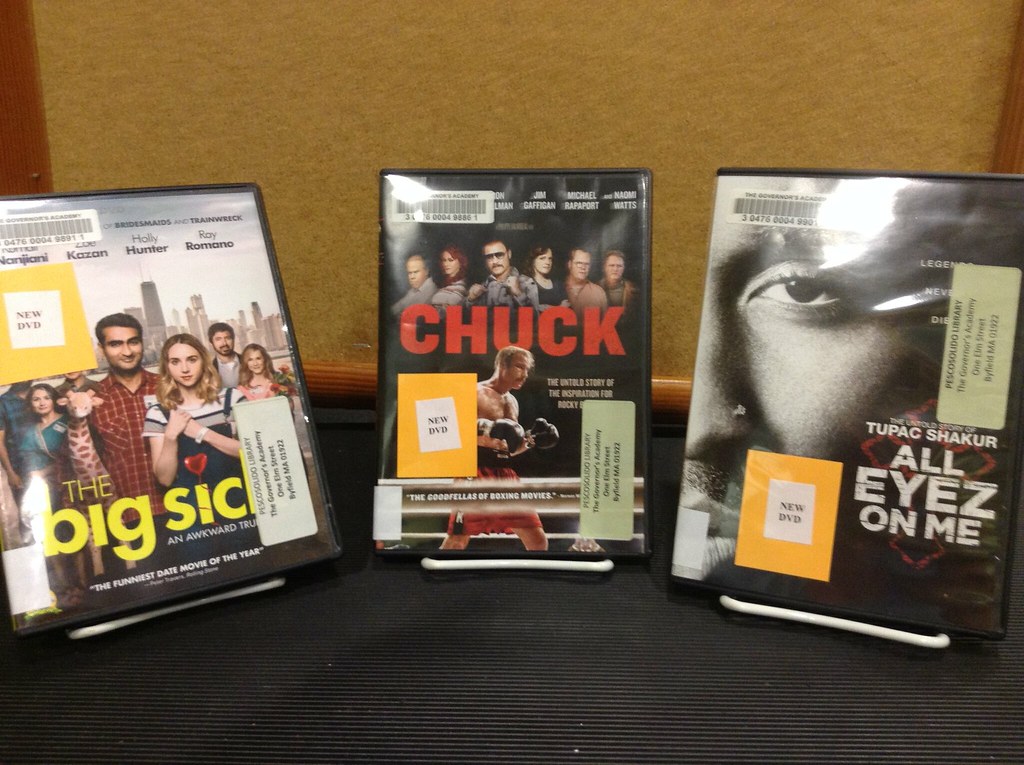
10. **Preserving the Legacy: VHS and DVD Releases**For fans eager to revisit Underdog’s adventures outside of broadcast schedules, home video releases proved crucial in preserving and distributing the classic series. The journey began in 1990 when UAV Corp. released “Underdog in separate episodes” on VHS, though these initial prints “went out-of-print in 1995.” This early availability marked the beginning of Underdog’s transition into personal media collections.
The mid-1990s brought more organized releases, with Sony Wonder stepping in on “June 14, 1996,” to unleash “Underdog on VHS in a four-volume collection.” These sets were “reissued on the same format on September 12, 2000.” A particularly enticing incentive was that “each set, especially the DVD versions, included a coupon for the Underdog lithograph by the series’ creator, Joe Harris,” adding an exclusive artistic touch for devoted fans.
As technology evolved, so did the home media offerings. Sony Wonder released the “Underdog Collector’s Edition DVD on September 12, 2000, and again on August 6, 2002,” before these were “discontinued in the mid-2000s.” Classic Media launched their own “three-volume collection” on DVD in 2007, featuring “six digitally remastered and uncut, original broadcast episodes,” bundled with “additional cartoons from the Total TV library.” The most exhaustive collection, a “9-disc Complete Series set,” arrived on “February 21, 2012,” from Shout! Factory, including “new bonus material” and aiming to “rebuild the shows to their original television airing as best as they can.”
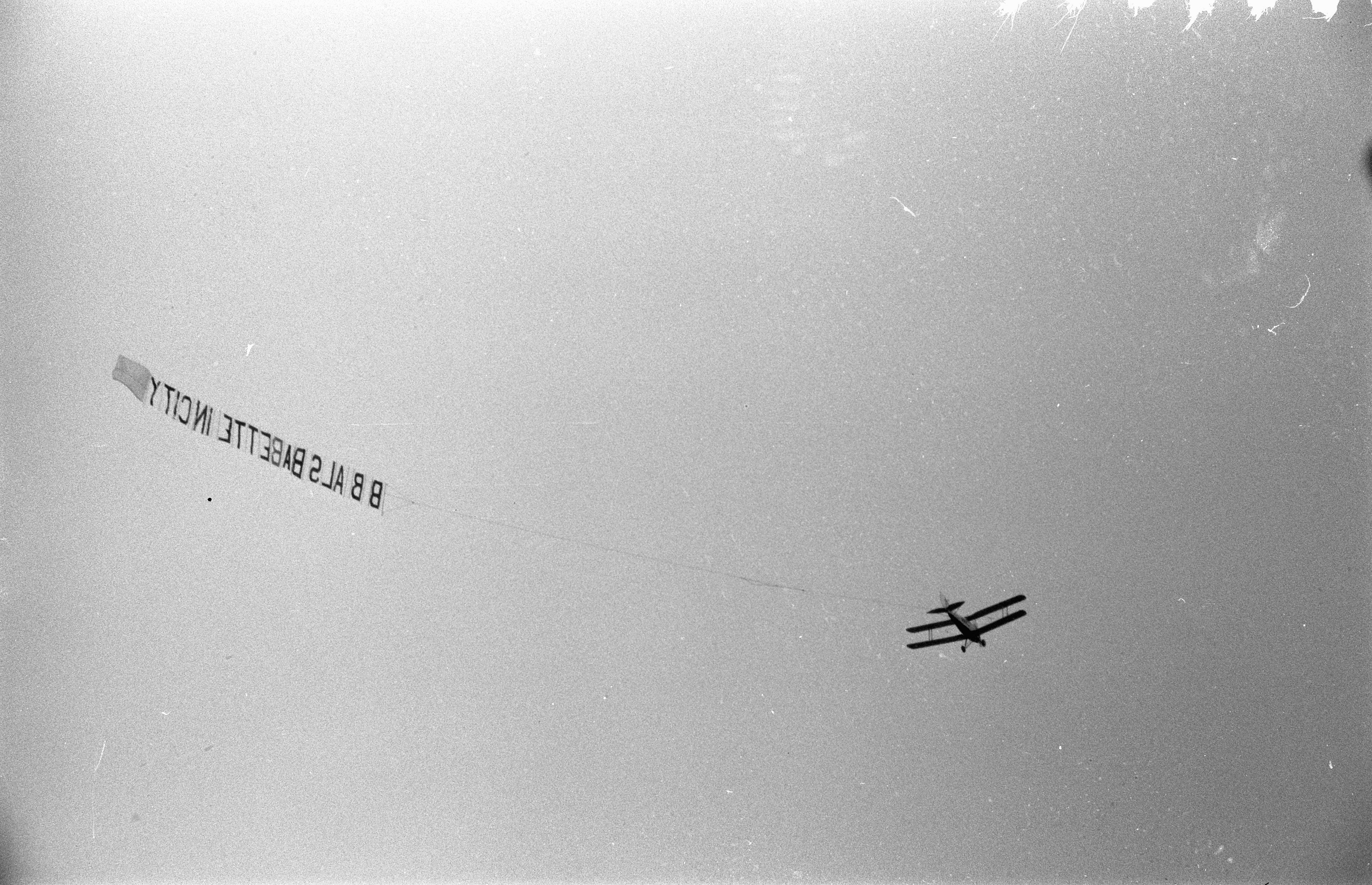
11. **From Animation to Live-Action: The Film Adaptation**The enduring legacy and recognizable charm of Underdog eventually led to a foray into live-action cinema, a testament to the character’s widespread cultural impact. In 2005, Variety announced a “live-action Underdog motion picture was in development.” The storyline for this project introduced “a diminutive hound named Shoeshine [who] gets superpowers after a lab accident,” then forging “a bond around the shared knowledge that Shoeshine is really Underdog” with a 15-year-old boy.
The enduring legacy and recognizable charm of Underdog eventually led to a foray into live-action cinema, a testament to the character’s widespread cultural impact. In 2005, Variety announced a “live-action Underdog motion picture was in development.” The storyline for this project introduced “a diminutive hound named Shoeshine [who] gets superpowers after a lab accident,” then forging “a bond around the shared knowledge that Shoeshine is really Underdog” with a 15-year-old boy.
The film assembled a notable cast. Peter Dinklage was tapped to portray Simon Bar Sinister, bringing a fresh dimension to the antagonist. Alex Neuberger was cast as Jack Unger, Underdog’s human companion. The vocal talents of Jason Lee lent a familiar voice to Shoeshine/Underdog, who on screen was impressively played by “a golden beagle named Leo sporting a red sweater and a blue cape.” Filming commenced in “Providence, Rhode Island, in March 2006,” leading to its release on “August 3, 2007,” distributed by Buena Vista Pictures.
Upon its release, the “Underdog” film received “mostly negative reviews,” a common challenge for live-action adaptations of cherished animated classics. Despite critical reception, the movie managed to resonate, ultimately “grossed $65.3 million worldwide.” This respectable commercial performance underscored continued affection for the heroic canine, even if its narrative execution didn’t fully win over critics. This live-action venture, while divisive, undeniably broadened Underdog’s reach.
From his humble origins as a cereal-selling superhero to his various incarnations across comics, film, radio, and now, modern CGI animation, Underdog has proven himself to be far more than just a fleeting Saturday morning sensation. His enduring appeal lies not just in his spectacular powers or his charmingly clumsy heroism, but in the resonant message of the “underdog” himself – an ordinary figure capable of extraordinary feats, always there to protect the innocent. As new generations discover his iconic rhyming couplets and courageous spirit, Underdog continues to fly high, a testament to the timeless power of storytelling and the simple, yet profound, idea that even the most unlikely heroes can quietly dominate our hearts.




